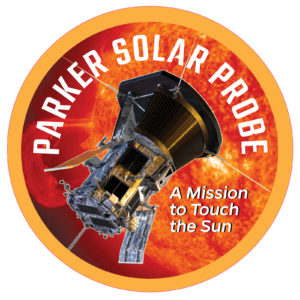Source: NASA
NASA’s Parker Solar Probe is on its way for a rendezvous with the Sun. A United Launch Alliance Delta IV Heavy rocket, carrying the spacecraft, lifted off at 3:31 a.m. EDT, from Space Launch Complex 37 on Cape Canaveral Air Force Station in Florida, its engines blazing golden in the clear night sky during ascent.
“It was a very quiet launch countdown, it went off like clockwork,” said Omar Baez, NASA Launch Director. “Parker Solar Probe has been one of our most challenging missions to date. I’m very proud of the team that worked to make this happen. We at NASA and the Launch Services Program are thrilled to be part of this mission.”
About four minutes into flight, a series of key events occurred. The Delta IV port and starboard booster engines shut down and separated, the main core booster engine cut off and then separated from the second stage. After second stage engine ignition, the payload fairing was jettisoned. After second stage main engine cutoff and separation, the Parker Solar Probe separated from the third stage, provided by Northrup Grumman. Shortly afterward, mission managers confirmed that the spacecraft’s solar arrays successfully deployed and the spacecraft was operating on its own power.
 During its mission to “touch” the Sun, Parker Solar Probe will use gravity assists from Venus seven times over nearly seven years to gradually bring its orbit closer to the Sun. It will fly directly through the Sun’s atmosphere, as close as 3.8 million miles from its surface, closer to the surface than any spacecraft before it. The spacecraft will hurtle around the Sun at speeds up to 430,000 miles per hour. That’s about 210 times faster than a speeding bullet.
During its mission to “touch” the Sun, Parker Solar Probe will use gravity assists from Venus seven times over nearly seven years to gradually bring its orbit closer to the Sun. It will fly directly through the Sun’s atmosphere, as close as 3.8 million miles from its surface, closer to the surface than any spacecraft before it. The spacecraft will hurtle around the Sun at speeds up to 430,000 miles per hour. That’s about 210 times faster than a speeding bullet.
